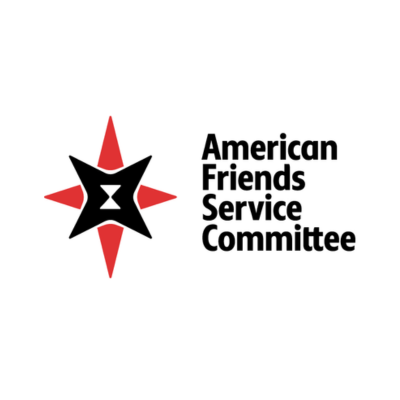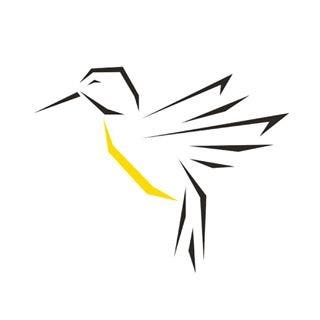

American Friends Service Committee
Mapping Peace Structures and Their Impact on Social Cohesion in the Karamoja Cluster








Description
3. Research Objectives
3.1 Overall Objective
To contribute to peacebuilding efforts in the Karamoja Cluster through comprehensive study, documentation and mapping of formal, informal, traditional, and hybrid peace structures.
3.2 Specific Objectives
- To systematically identify, document, and categorize peace structures (formal, informal, traditional, hybrid) in Ethiopia, South Sudan, Kenya, and Uganda within the Karamoja Cluster.
- To examine the roles, reach, and functionality of these structures in conflict resolution, prevention, reconciliation, and peacebuilding.
- To explore the presence and coordination of cluster-based and cross-border peacebuilding approaches, including the inclusion of gender and youth.
- To identify linkages, overlaps, opportunities, or duplications across peace structures.
- To establish a foundation of knowledge that can inform future programming, coordination, or strategic dialogue.
4. Scope and Coverage
This study will focus on selected conflict-prone and culturally significant border areas within the Karamoja Cluster, covering:
- Ethiopia: Southwestern, South Omo
- South Sudan: Eastern Equatoria, Torit
- Kenya: Turkana, West Pokot
- Uganda: Karamoja sub-region
The research will examine:
- Formal state-led peace initiatives and mechanisms
- Informal and traditional systems of conflict resolution
- Cross-border peacebuilding arrangements
- Faith-based and civil society initiatives
5. Expected Deliverables
The consultant(s) will be expected to produce the following:
- Inception Report
A brief report outlining the consultant's understanding of the assignment, proposed approach and methodology, complete data collection tools, detailed work plan with timelines and budget. - Mapping Report
A factual and structured report documenting existing peace structures across the four countries in the Karamoja Cluster. This will include their geographical coverage, type (formal, informal, traditional, hybrid), operational characteristics, and known interlinkages, any opportunities available to tap into. - Draft Research Report
A draft version of the mapping report presenting the compiled data and documentation of peace structures, gender and youth inclusion or exclusion based on the fieldwork and desk review, without interpretive analysis or recommendations. - Final Research Report
A finalized version of the mapping report that incorporates feedback from Salama Hub and relevant stakeholders, ensuring factual accuracy and clarity of presentation.
Think you have what it takes but not sure you check every box? Research shows that while men apply to roles when they meet an average of 60% of the criteria, women often only apply when they meet every requirement. If you are hesitating, apply!




